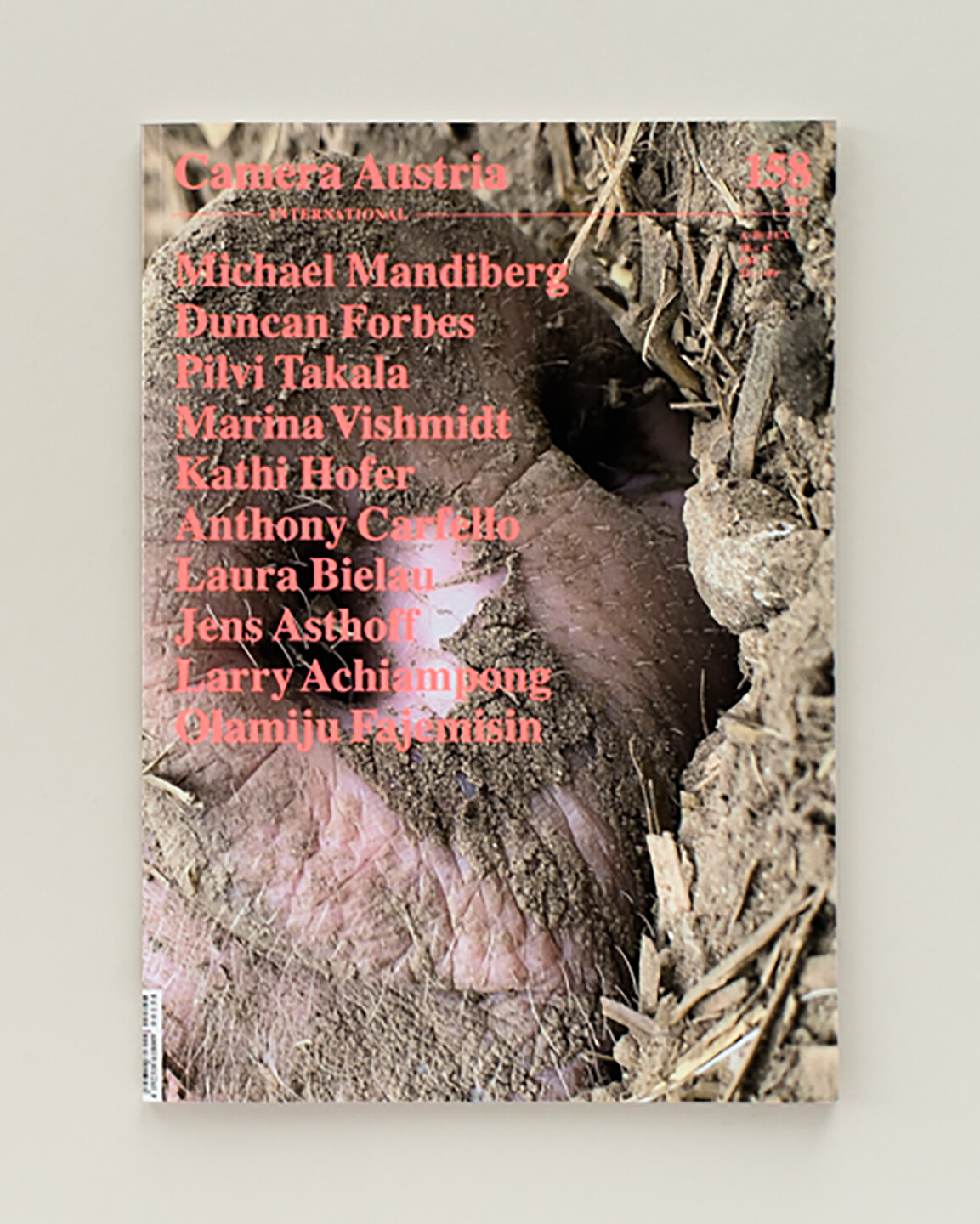Buy this issue or get a subscription.
The perspective on work and its conditions has changed considerably in the past two years, not least as a result of the Covid 19 pandemic. Many of the contributions in this issue thus examine the question of how artists position themselves in the field of tension between creative and wage work, how it might be possible to revolutionize post-industrial forms of work from within, to design them in a socially compatible way, and to create an awareness of work that takes place in the background.
Starting from Michael Mandiberg’s film Postmodern Times (2017) as well as the durational performances Quantified Self Portrait (One Year Performance) (2016–17) and Live Study (since 2019), Duncan Forbes focuses on Mandiberg’s utilization of digitally offered creative services, methods of quantification, as well as technologies of (self-)surveillance in the workplace in order to reflect on their work as an artist. In his text, Forbes examines how Mandiberg’s works deal with “the intricacies of relations—human, economic, material, technological—that are too often collapsed into the mythical autonomy of the artist.”
When she enters into particular work contexts in her performative projects and attempts to subvert their mechanisms and structures undercover, Pilvi Takala’s focus is on normative social behavior. Based on the example of the project Close Watch (2022), Marina Vishmidt describes how Takala “externalizes” the critique of institutions: her method’s “are more infrastructural than conventionally critical in their aims, with the hope to transform at least one site or at best the corporate culture of one security contractor by ‘looking closely’ from the inside rather than assembling foregone conclusions from the outside.”
In her photographs and installations, Kathi Hofer also reflects in part on historical work contexts—be it the history of the Austrian Walkjanker-brand Hofer, a group of actors who take their audience back to the American frontier, or the obsessive work of the artist and collector Tressa Prisbrey, who constructed a village from everyday materials in the Californian desert over two decades. “Hofer’s practice recalls the approach of the US chronicler Studs Terkel in his interview collection Working (1974), where ‘people talk about what they do all day and how they feel about what they do,’” as Anthony Carfello writes.
In his text about Laura Bielau, Jens Asthoff interconnects the series ARBEIT (Work, 2016–19) and TEST (2018–22) and elaborates how the artist circles around particular topics photographically, generally over a longer period of time, and like a researcher in order to develop extensive groups of works in which no picture stands alone. “Bielau’s compositional process aims at a legibility of wider association, the details of which are often based on finely tuned connections. Guiding the reader/viewer’s attention through her books, she allows stories to emerge in which a narrative thread or plot is explicitly absent: instead, motifs intertwine to enhance their mutual interpretability.”
Olamiju Fajemisin situates the work of Larry Achiampong between autobiographical narratives supported by post-colonial critique and what the artist calls “Sanko time.” In his films, what unfolds is a network of pan-African stories that deal out criticism of white supremacy, and the working conditions of individuals who are precariously employed and excluded from public awareness in diverse places and times. “Achiampong’s deft interlacing of personal and collective memory yields a body of work, the beauty of which lies in its being universal, despite parts of it remaining accessible only through the contextual keyhole of one man’s consolidation of the world around him,” as Fajemisin writes.
In the Forum section, Sharon Ya’ari presents the work of six of his (former) students at the Bezalel Academy of Arts and Design in Jerusalem and provides insight into their practice. The issue is rounded off by a comprehensive review section of national and international exhibitions as well as recently published books.
Get the issue here.
Join the newsletter of Camera Austria.



